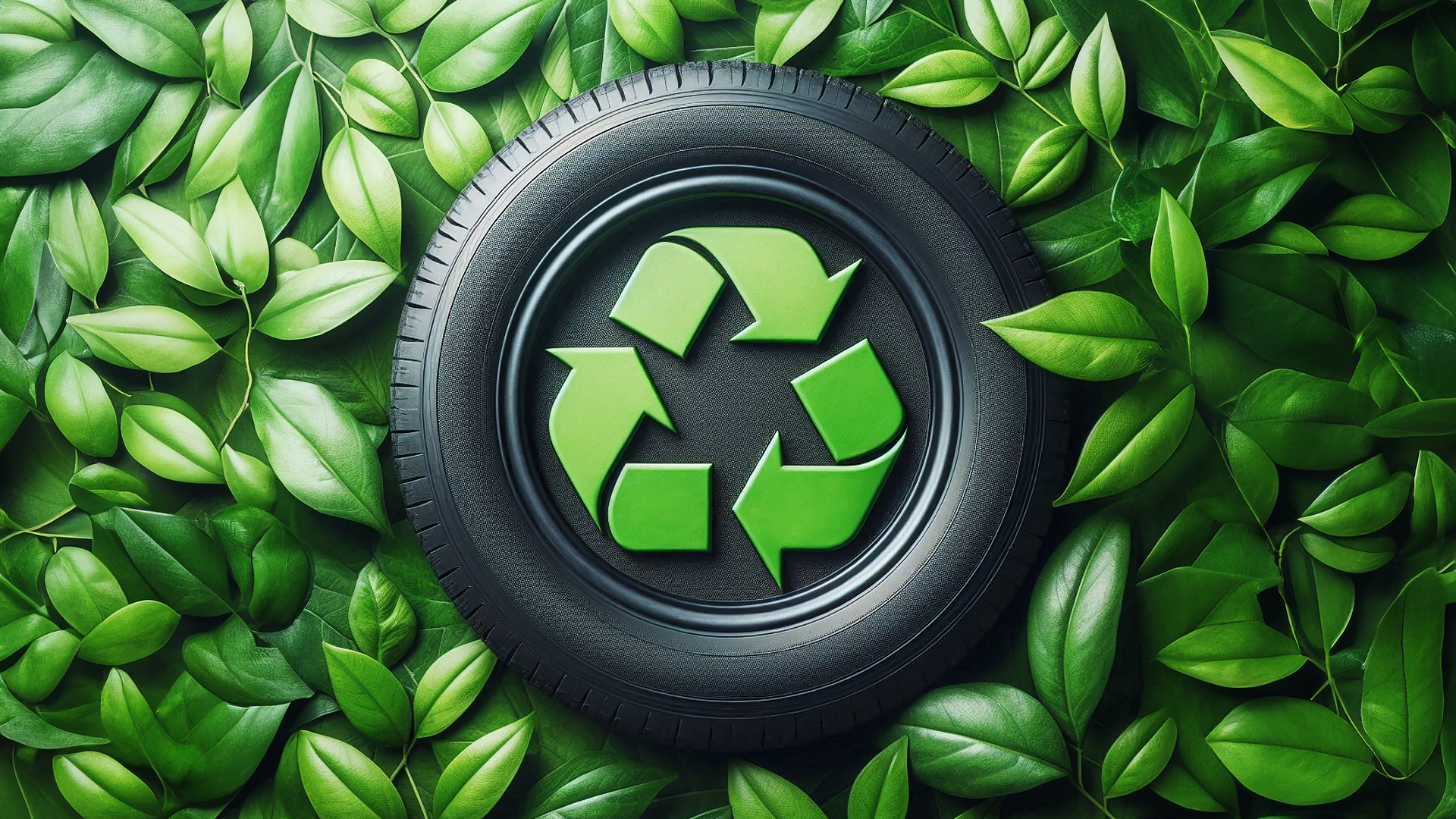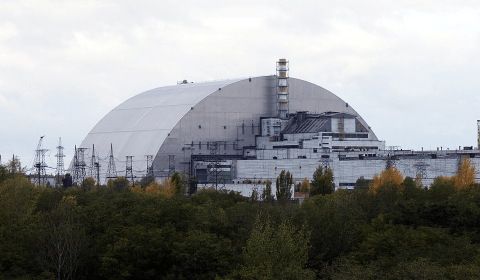Tyres have become an increasingly alarming presence in landfills due to their long-lasting environmental impact, but researchers at a US university have discovered a new method to help address this growing issue.
You’re never more than 100ft away from a tyre, with approximately 3 billion of them produced globally each year. Their presence has become integral to transportation and logistics worldwide, with major producers being Bridgestone, Michelin, Goodyear, and Pirelli.
About 1.5 billion tyres are discarded annually, with millions more exported for disposal elsewhere. However, only a fraction are properly recycled or repurposed. Most of them end up in landfills, stockpiles, or are illegally dumped, creating significant environmental challenges.
In fact, the market for tyre recycling is predicted to grow its worth from $6 billion back in 2019 to $8 billion by 2030.
With each rubber wheel bulky and non-biodegradable, not only do tyres take up to 1,000 years to decompose, but they also occupy land space indefinitely. Stockpiles are also highly flammable and release toxic smoke containing volatile organic compounds and heavy metals. This poses serious health risks to surrounding communities and emergency responders in the event of a fire.
The tyre’s compounds, which include lead, cadmium, and zinc among many other heavy metals, can contaminate soil and groundwater, inhibiting aquatic life and affecting water quality.
To mitigate this, researchers at the University of North Carolina at Chapel Hill have developed a new chemical method to break down waste tyres. It uses a special chemical process called C–H amination to destroy tough, cross-linked rubber used in tyres, changing the rubber into soluble materials with amine groups, which are useful for making epoxy resins. These are used in things like glues, coatings, and strong plastic materials.
The process works at low temperatures in water and doesn’t need expensive metal catalysts that current methods do. This makes it cheaper and better for the environment compared to older recycling methods like burning or breaking chemical bonds. However, currently, this method has only been demonstrated on a lab scale and commercial application is still under development.
Nevertheless, should this method be developed for wider usage – and we both hope and expect it will be – the ecological and economic implications are positively immense. The circular economy model refers to the system of production and consumption that is designed to maximise and make the most of the resources by keeping them in use for as long as possible.




















